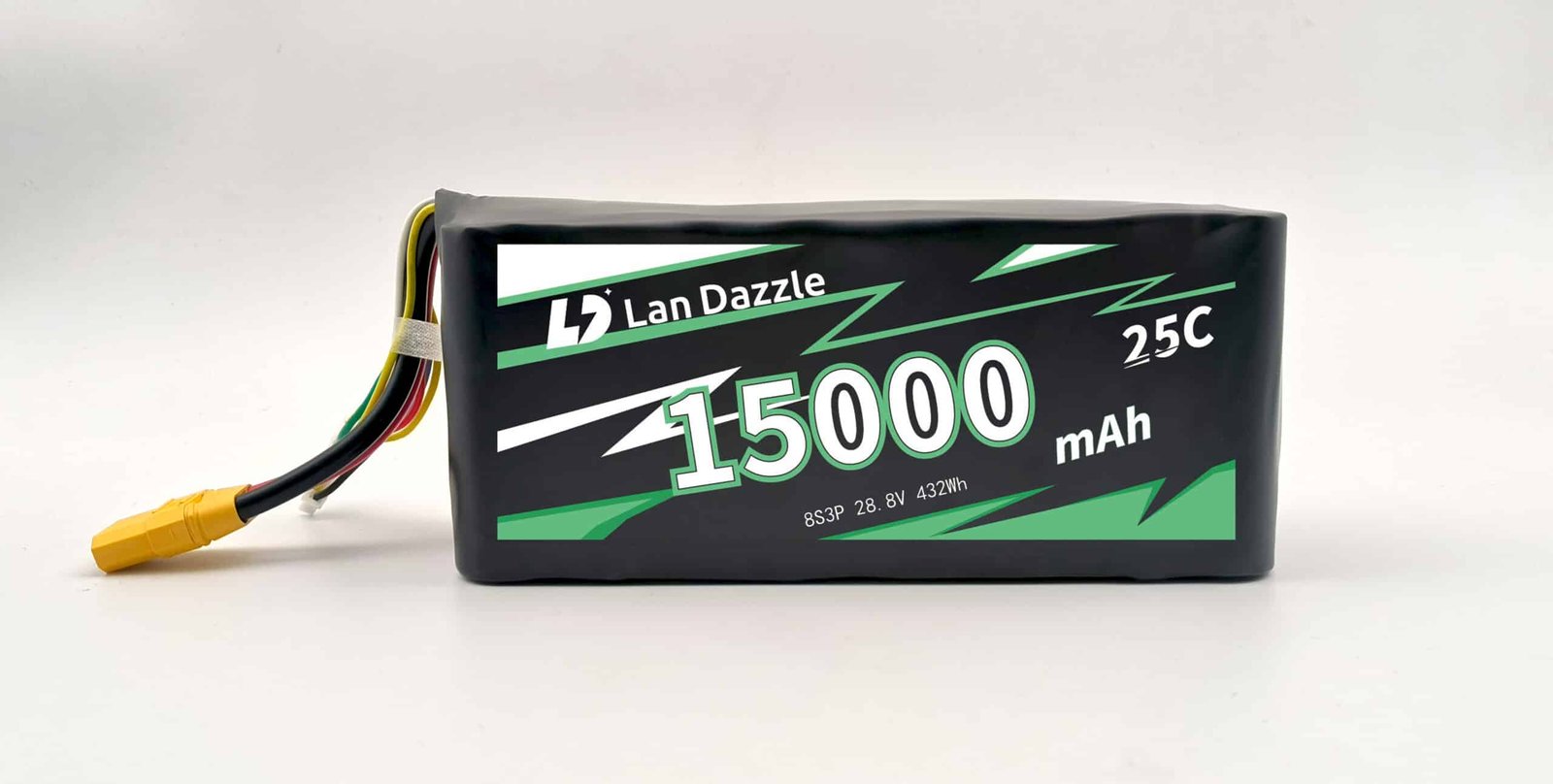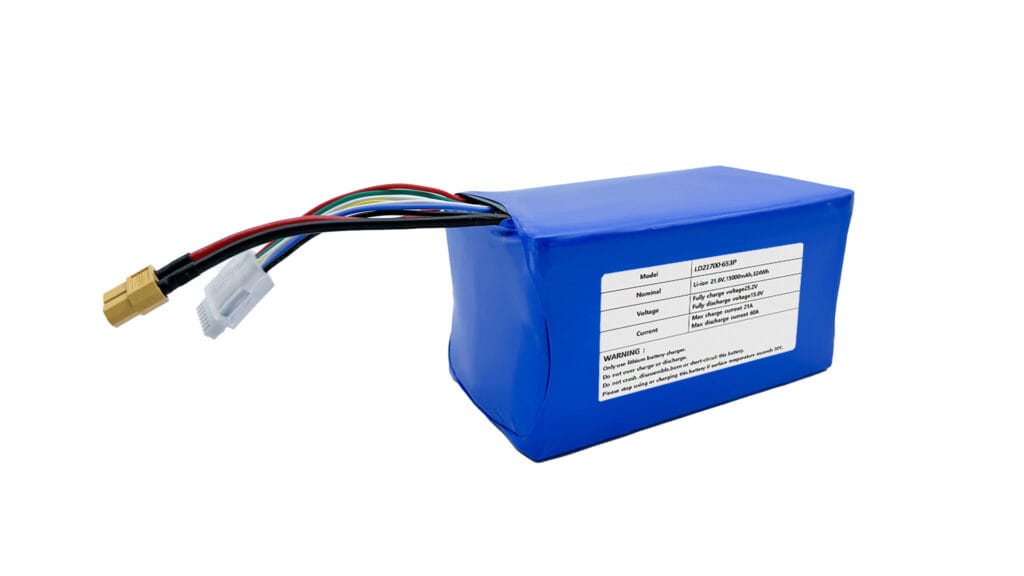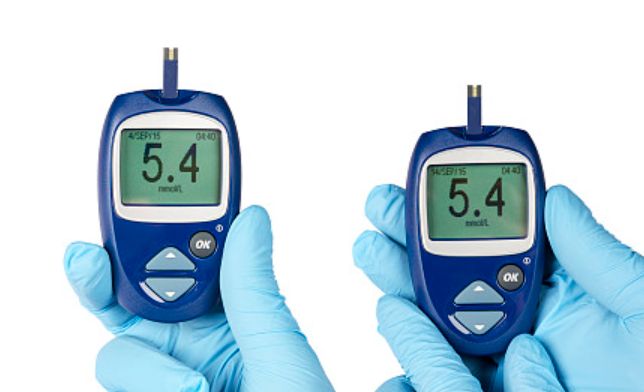In a world increasingly powered by portable energy, Lithium Polymer (Lipo) batteries have become the cornerstone for a vast array of high-demand applications. Among the various configurations available, the 8S Lipo battery stands out for its ability to deliver significant power and endurance. Whether you’re a drone enthusiast seeking extended flight times, a robotics engineer requiring reliable power for complex tasks, or an RC hobbyist pushing the limits of speed and agility, understanding the intricacies of an 8S Lipo battery is crucial. This comprehensive guide will delve into the world of 8S Lipo batteries, exploring their specifications, applications, proper handling, safety precautions, and more.
What is an 8S Lipo Battery?
The designation “8S” in an 8S Lipo battery signifies that the battery pack consists of eight individual lithium polymer cells connected in series. Each cell in a standard Lipo battery has a nominal voltage of 3.7V. Therefore, an 8S Lipo battery boasts a nominal voltage of 29.6V (8 cells x 3.7V). The voltage range of an 8S battery typically spans from around 24.0V when fully discharged to 33.6V when fully charged (4.2V per cell).
Lipo batteries are favored for their high energy density, meaning they can store a large amount of energy relative to their weight. This makes them ideal for applications where weight is a critical factor, such as drones and RC aircraft. Additionally, they offer high discharge rates, allowing them to deliver substantial power quickly, which is essential for demanding tasks like lifting heavy payloads or achieving high speeds.
Key Specifications and What They Mean
Understanding the key specifications of an 8S Lipo battery is vital for choosing the right battery for your needs and ensuring its safe and optimal operation:
- Voltage (V): As mentioned earlier, voltage determines the electrical potential difference and is crucial for matching the power requirements of your device. A higher voltage generally means more power can be delivered.
- Capacity (mAh): Measured in milliamp-hours (mAh), capacity indicates how much electrical charge the battery can store. A higher mAh rating translates to a longer runtime for your device. For example, an 8S 5000mAh battery can theoretically deliver 5000 milliamps of current for one hour.
- Discharge Rate (C Rating): The C rating specifies the rate at which the battery can be safely discharged. A higher C rating means the battery can deliver more current. There are typically two C ratings mentioned: continuous discharge rate (the sustained rate) and burst discharge rate (the maximum rate for short periods). For instance, an 8S 5000mAh battery with a 20C continuous discharge rate can safely deliver 100 amps (5000mAh / 1000 * 20).
- Energy (Wh): Watt-hours (Wh) provide a more comprehensive measure of the total energy stored in the battery, taking both voltage and capacity into account (Wh = Voltage x Capacity in Ah). This is often used for comparing batteries with different voltage levels.
- Internal Resistance: This refers to the opposition to the flow of current within the battery. Lower internal resistance generally leads to better performance, less heat generation, and higher efficiency.
Applications of 8S Lipo Batteries
The high power and energy density of 8S Lipo batteries make them suitable for a wide range of demanding applications:
- Drones and RC Aircraft: In the world of aerial vehicles, 8S batteries provide the necessary power for extended flight times, enabling longer missions for photography, surveying, and delivery purposes. Their high discharge rates also allow for powerful motors and increased payload capacity, contributing to greater stability even in challenging weather conditions.
- Electric Vehicles (EVs): While larger electric cars typically use battery packs with much higher cell counts, 8S Lipo batteries find their niche in powering smaller EVs like electric skateboards, e-bikes, and personal mobility scooters. Their compact size and high power output make them ideal for these applications.
- Robotics: Robots often require substantial power for their actuators, sensors, and processing units. 8S Lipo batteries offer a reliable and lightweight power source, allowing for longer operational times and more complex movements in industrial robots, autonomous mobile robots (AMRs), and even hobbyist projects.
- RC (Remote Control) Models: For enthusiasts of high-performance RC cars, boats, and airplanes, 8S batteries provide the necessary punch for incredible speeds and acceleration. The higher voltage allows for more efficient motor operation and longer run times compared to batteries with fewer cells.
- Emergency Power & Energy Storage: The high energy capacity of 8S Lipo batteries makes them a viable option for portable power stations used during outdoor activities or as backup power for critical equipment. Their ability to deliver power quickly also makes them suitable for certain emergency response scenarios.
- Professional Film/Photography Equipment: High-end cinema cameras, lighting setups, and other professional film and photography equipment often require a stable and reliable high-voltage power source. 8S Lipo batteries can provide the necessary power for extended shooting sessions, ensuring consistent performance.
Charging and Maintaining Your 8S Lipo Battery
Proper charging and maintenance are crucial for maximizing the lifespan and ensuring the safety of your 8S Lipo battery:
- Choosing the Right Charger: Always use a charger specifically designed for Lipo batteries and ensure it is capable of handling an 8S configuration. Using an incorrect charger can lead to overcharging, damage, or even fire.
- Safe Charging Practices: Adhere to the recommended charging rates specified by the battery manufacturer. Typically, charging at a rate of 1C (where C is the battery’s capacity in Ah) is considered safe. Never exceed the maximum voltage per cell (usually 4.2V). It’s essential to monitor the charging process and never leave a charging battery unattended.
- Balancing: Balancing ensures that all eight cells in the battery pack are charged to the same voltage level. This is crucial for optimal performance, extending the battery’s lifespan, and preventing individual cells from being overcharged or undercharged. Use a charger with a balancing function regularly.
- Storage: Proper storage is vital for battery longevity. For short-term storage (a few days), it’s generally recommended to leave the battery at its current charge level. For long-term storage (weeks or months), it’s best to discharge the battery to a storage voltage of around 3.8V per cell. Store batteries in a cool, dry place away from direct sunlight and extreme temperatures, preferably in a fireproof bag.
- Maintenance Tips: Regularly inspect your battery for any signs of damage, such as swelling, punctures, or damaged wires. If you notice any damage, discontinue use and dispose of the battery safely according to local regulations. Ensure that the battery connectors are clean and in good condition.
Safety Precautions for 8S Lipo Batteries
Lipo batteries, while powerful, can be hazardous if mishandled. Always prioritize safety when dealing with 8S Lipo batteries:
- Fire Safety: Lipo batteries contain flammable electrolytes. Always charge and store them in a fireproof bag or container. Have a Class D fire extinguisher (designed for metal fires) readily available.
- Avoid Overcharging and Over-Discharging: Never charge the battery beyond 4.2V per cell or discharge it below 3.0V per cell. Overcharging can lead to swelling and potential fire, while over-discharging can permanently damage the battery.
- Handle Damaged Batteries with Care: If a battery is damaged (punctured, swollen, leaking), do not attempt to use or charge it. Dispose of it safely according to local regulations. Do not puncture or disassemble the battery.
- Proper Ventilation: Ensure adequate ventilation when charging Lipo batteries to prevent the buildup of potentially flammable gases.
- Temperature Considerations: Avoid exposing batteries to extreme temperatures, both hot and cold. Do not leave batteries in direct sunlight or in a hot car.
Troubleshooting Common Issues
Even with proper care, you might encounter some common issues with your 8S Lipo battery:
- Battery Not Charging: Check the charger settings, ensure the battery is properly connected, and verify the battery’s voltage. If the voltage is too low, it might be permanently damaged.
- Short Runtime: This could be due to an aging battery, improper charging, or excessive current draw from your application.
- Puffing: Swelling or puffing of the battery is a sign of internal damage and indicates that the battery should be replaced immediately and disposed of safely.
Conclusion
The 8S Lipo battery is a powerful and versatile energy source that fuels a wide range of high-performance applications, from agile drones soaring through the sky to robust robots tackling complex tasks. Understanding their specifications, applications, and the critical aspects of charging, maintenance, and safety is paramount for both maximizing their potential and ensuring safe operation. By adhering to best practices and prioritizing safety, you can harness the impressive power of 8S Lipo batteries for your various endeavors.
At Landazzle, we specializes in providing custom Lipo battery solutions to meet diverse needs. Contact us at info@landazzle.com or visit landazzle.com to learn more about our high-quality battery options.
FAQ
- What is the voltage of an 8S Lipo battery?
Typically 29.6V nominal, with a range of approximately 24.0V to 33.6V. - What are the main applications of 8S Lipo batteries?
Drones, RC aircraft, electric vehicles, robotics, RC models, emergency power, film equipment. - How do I safely charge an 8S Lipo battery?
Use a compatible Lipo charger, set the correct voltage and cell count, charge at a safe C rating, and monitor the process. - Why is it important to balance an 8S Lipo battery?
Balancing ensures all cells are at the same voltage, maximizing performance, lifespan, and safety. - How should I store my 8S Lipo battery when not in use?
Store it at a storage voltage (around 3.8V per cell) in a cool, dry place, preferably in a fireproof bag. - What does the “C rating” mean on an 8S Lipo battery?
The C rating indicates the battery’s discharge rate, with a higher C rating allowing for more current to be drawn. - How long will an 8S Lipo battery last?
The lifespan depends on usage, charging habits, and storage conditions, but typically ranges from 100 to 500+ charge cycles.





